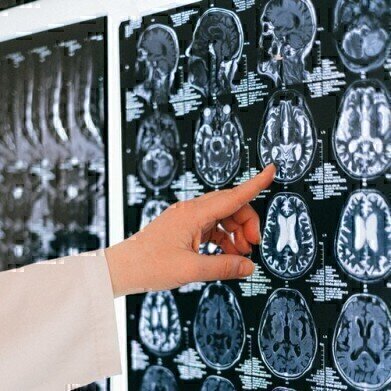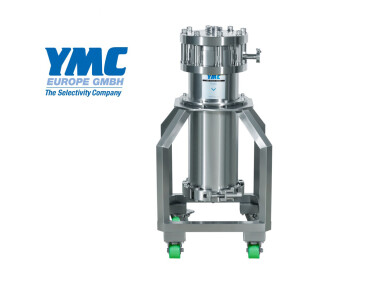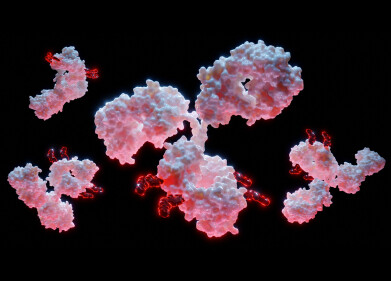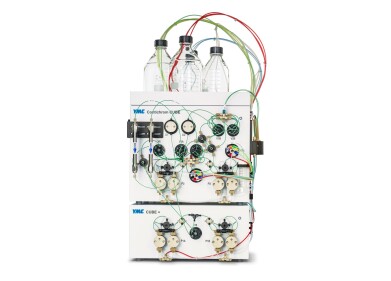Columns (LC)
Understanding Prion Proteins - Chromatography Investigates
Mar 25 2021
Prion diseases – or transmissible spongiform encephalopathies (TSEs) - are a collection of fatal infectious neurodegenerative diseases. They are rapidly progressing diseases that are characterized by brain inflammation and accumulation of infectious prion protein, eventually leading to cell death. One of the most well-known prion diseases, at least in the UK, is variant Creutzfeldt-Jakob disease (vCJD) which is thought to be caused by consuming meat from a cow that had bovine spongiform encephalopathy (BSE, or "mad cow" disease), a similar prion disease to CJD.
Currently there are no cures for prion diseases, just treatments to help keep patients as comfortable as possible. Researchers are working to better understand the structure and function of the abnormal proteins that cause the prion diseases. A recent paper published in PLOS Pathogens - Site-specific analysis of N-glycans from different sheep prion strains – reports on work to better understand the proteins responsible for the prion diseases.
Prion proteins, glycans and protein
Prion diseases are a controversial topic amongst researchers. It is known that it is the abnormal form of the prion protein that causes the disease there are many questions that need to be answered before a cure can be formulated. Before researchers can fully understand the cellular mechanism behind the disease, they must first understand the prion protein itself. “For a better understanding of the mechanism of the diseases and the existence of strains, resolving the structure of the prion protein is necessary" neuroscientist Natali Nakic, first author of the paper, said in a press release.
The prion protein is a glycoprotein, so to understand the protein and its structure, researchers need to look at the glycan structures as well as the protein part of the structure. Glycoproteins have polysaccharides called glycans encompass a large part of the protein structure. The new study is the first one of its kind as it focuses on comparing glycan structures from different strains. The team compared the glycans from two different sheep prion strains.
Chromatography helping with the glycans
Natali Nakic added "It has long been questioned whether the diversity in prion strains may depend on the glycans that compose them as well as on protein folding." To help answer that question the team sequenced carbohydrates from the glycoproteins and used liquid chromatography-mass spectrometry to help them in the work. The use of chromatography in the analysis of glycans is discussed in the article, Advancing Effective Glycan Analysis.
In conclusion, Natali Nakic said "After an extensive analysis, no major differences in glycan structures were found between the two strains, suggesting that glycans may not be responsible for the biochemical and neuropathological differences".
Events
Mar 18 2025 Beijing, China
Mar 25 2025 Paris, France
Mar 31 2025 Beijing, China
Apr 02 2025 Saigon, Vietnam
Apr 22 2025 Kintex, South Korea














